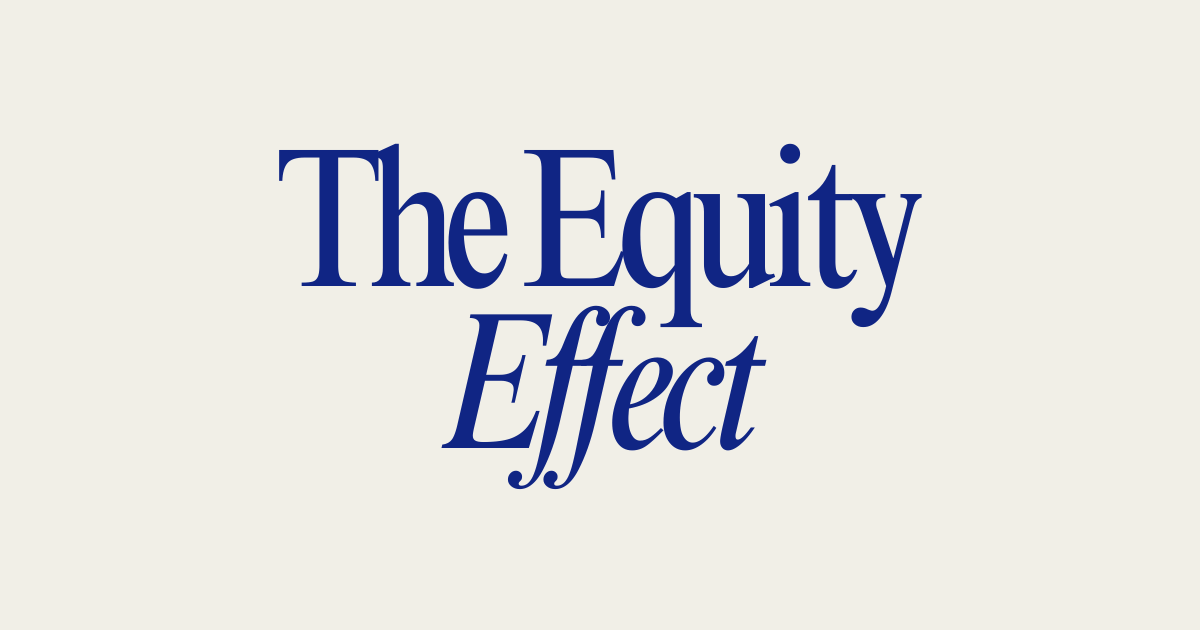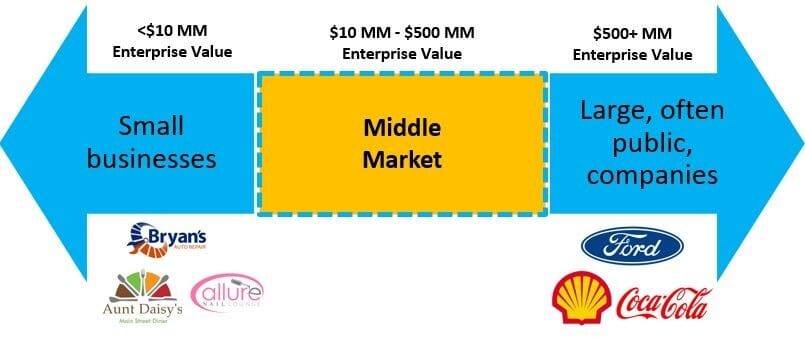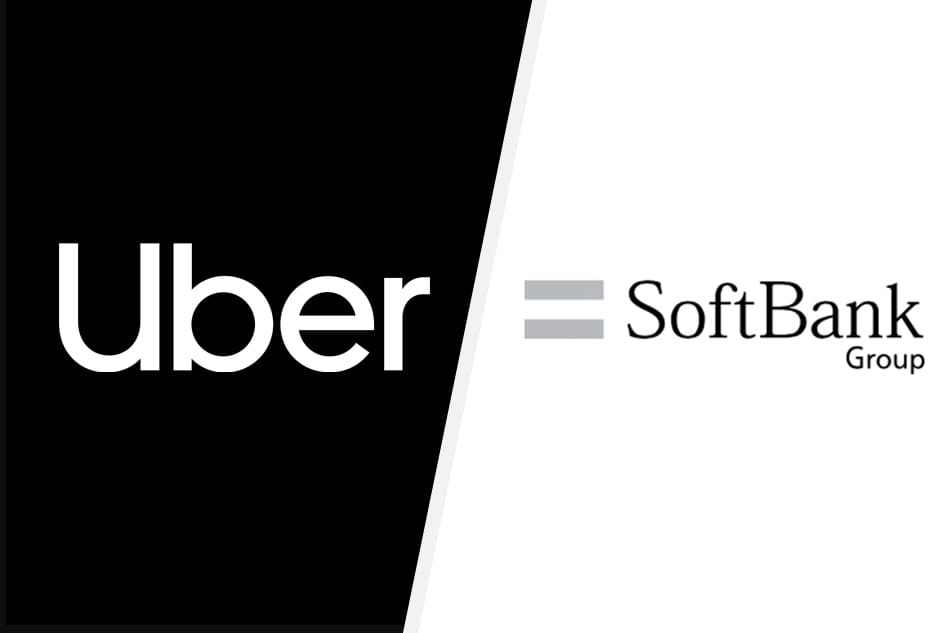- The Equity Effect
- Posts
- The Middle Market Playbook: How Banks and Firms Are Adopting VC Tactics
The Middle Market Playbook: How Banks and Firms Are Adopting VC Tactics
How banks and middle-market firms are using VC strategies to stay ahead.

By: Saanika Gupta, Shadeh Jaberi, Ahria Desai, Claire Johnson
How Banks Are Bringing VC Strategies to Middle-Market Investing
Middle-market companies remain attractive to banks and investors because they are less impacted by rising interest rates than larger firms, keeping private equity (PE) buyouts steady. However, it’s not just PE firms targeting this segment—big banks are stepping in with a new approach. Instead of simply offering traditional financing, banks like are applying VC-style strategies to help these firms identify high-growth sectors, make strategic investments, and expand beyond organic growth.
Rather than waiting for PE firms to acquire these companies, banks are proactively investing in middle-market firms and using venture capital tactics to accelerate their growth. This includes:
Identifying high-potential sectors using data-driven deal sourcing.
Investing alongside mid-sized firms to back emerging startups.
Facilitating strategic M&A by leveraging their extensive industry networks.
This shift means middle-market firms aren’t just acquisition targets anymore. They’re becoming strategic investors themselves, using venture-style tactics to stay competitive before PE even steps in.
Read all about it below in this week’s issue of The Equity Effect
Table of Contents
“There is another benefit for big banks: Midsize companies are a favorite target of private-equity firms. Buyouts for such businesses have remained relatively robust despite an overall decline in private-equity deals in recent years. Smaller buyouts are less affected by rising interest rates than bigger deals because they tend to rely less on debt”
How Banks Use VC Strategies to Invest Smarter & Stay Ahead
Banks are increasingly adopting venture capital (VC)-style strategies to identify high-growth sectors, leveraging their vast data resources and dedicated investment units to gain a competitive edge. Unlike traditional VCs that purely seek returns, banks such as Goldman Sachs (GS Growth), Wells Fargo Strategic Capital, Citi Ventures, and Capital One Ventures are strategically investing in fintech, big data analytics, and AI/ML startups. These sectors not only promise high returns but also offer synergies with the banks' core operations. For example, Citi Ventures’ recent investment in Quantifind, an AI-driven risk intelligence platform, enhances Citi’s financial crime detection capabilities by integrating advanced machine learning technologies (CB Insights). Such investments enable banks to access valuable data, which can be harnessed to deliver personalized services and improve operational efficiency. By building internal VC units, banks retain tighter control over strategic direction and data integration, reducing reliance on external VCs and strengthening their internal competitive advantage.
However, this approach is not without its challenges. Banks must balance external innovation brought by startups with the internal strategic alignment of their existing business units. While startups provide cutting-edge technology and agility, they may lack the regulatory understanding critical to the banking sector. Conversely, banks often have more risk-averse cultures and may struggle with the long-term investment horizons typical of VC strategies. The J.P. Morgan investment in Viva Wallet in 2022 exemplifies how banks overcome these hurdles by investing in startups whose objectives align closely with their own. Viva Wallet’s cloud-based payments platform complemented J.P. Morgan’s merchant services, granting access to rich transactional data across Europe and accelerating its digital transformation (JP Morgan’s 2022 Press Release).
This case illustrates how banks are not just funding innovation—they are strategically integrating emerging technologies to expand their market reach and improve service offerings, highlighting a growing trend where banking and venture capital intersect to fuel mutual growth.

What is a Middle Market Company?
Pros & Cons for Banks
Where they win:
| Where they struggle:
|
“One of the biggest trademarks of a VC outlook is the expectation of a long-term return on investment, as a seed venture has a longer life ahead of them”
Case Study

In December 2017, SoftBank, a Japanese conglomerate, invested over $7 billion in Uber, acquiring a 15% stake in Uber. The deal involved SoftBank purchasing shares from existing Uber shareholders at a discounted valuation of $48 billion and investing $1.25 billion in new capital at Uber’s $70 billion valuation. As part of the agreement, Uber added six new seats to its board, with two going to SoftBank. Uber’s board adopted a new voting system to lessen Kalanick’s influence, and Kalanick also agreed that he could not fill the three board seats he controls in the future without majority approval by the board.
As for motivations for the investment apart from the board reform, there were two main factors. Firstly, the deal provided cash infusion to Uber and its shareholders before its planned public offering in 2019. Additionally, the investment paved the way for an overhaul of Uber after a turbulent year marked by criminal probes, a lawsuit, and internal investigations into its company culture. Since then, SoftBank has invested in several ride-hailing companies globally, including Didi in China, Grab in Southeast Asia, and 99 in Brazil. SoftBank CEO Masayoshi Son had previously considered investing in Lyft instead, demonstrating SoftBank’s intention to have a major influence in the ride-sharing market.
Spotlight Startup: OLIPOP

In 2013, before there was OLIPOP, there was Obi. Founders Goodwin and Lester sold Obi for $100,000, which they used to continue to fund OLIPOP after Obi was less successful than they envisioned. They knew they weren’t done working together, so in 2018, they founded OLIPOP (CNBC). OLIPOP set out to reinvent soda by blending nostalgic flavors with gut-friendly probiotics and fiber. The brand quickly gained traction among health-conscious consumers, securing $10 million in Series A funding in 2021 from Monogram Capital and celebrity investors like Camila Cabello and Joe Jonas.

This investment fueled its expansion into major retailers like Whole Foods and Target while strengthening its direct-to-consumer presence. In 2023, OLIPOP raised $30 million in series B funding, led by The Craftory, further accelerating its growth and brand awareness. More than just capital, these investments signaled the mainstream potential of functional beverages. By 2024, OLIPOP had cemented itself as a major player in the soda industry, proving that taste and wellness can coexist, and thrive, in the competitive beverage market
That’s a wrap on this week’s Equity Effect. As mid-sized markets gain traction in VC, we’re seeing a shift—more capital flowing into overlooked regions and industries, creating fresh opportunities beyond the usual hotspots.
If this issue got you thinking, pass it along to a friend in the space. And if there’s a trend, startup, or deal we should cover, hit us up—we’re always listening.
See you next time,
The Equity Effect
📩 Reach us at: [email protected]
